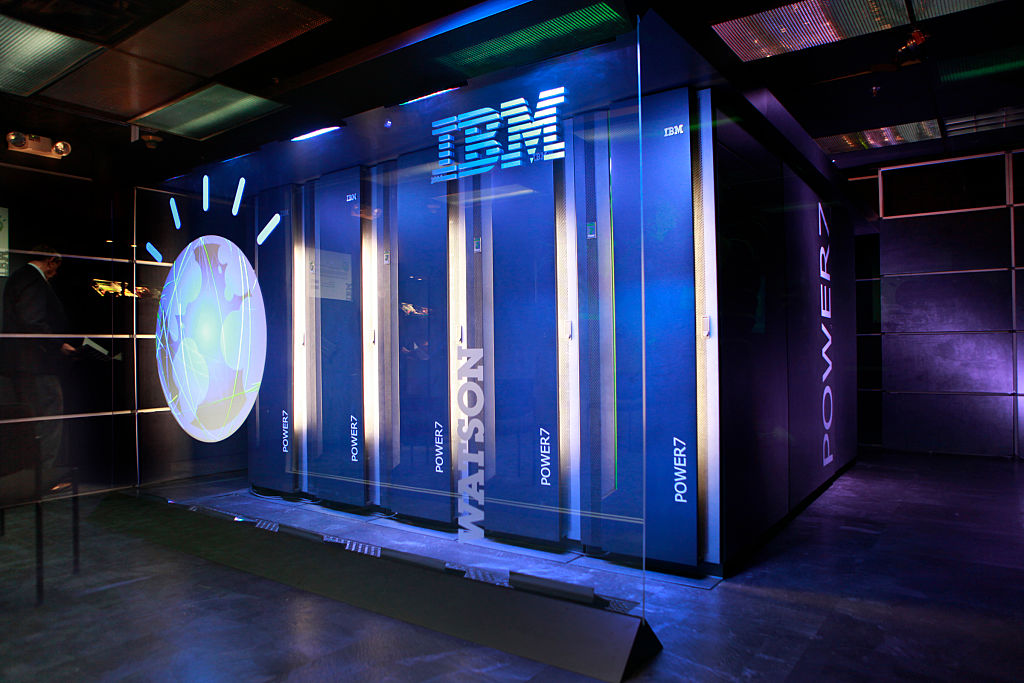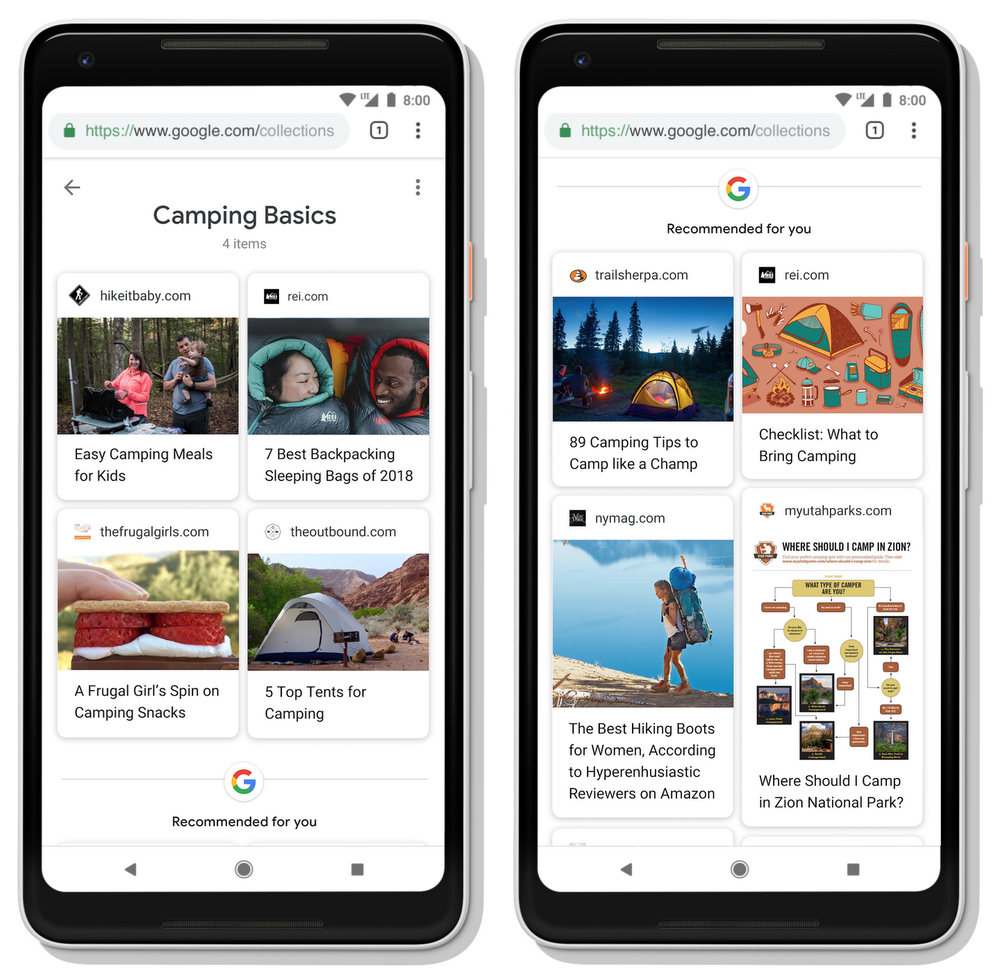Microsoft Ignite 2018 got started yesterday on the 24th of September 2018 in, Orlando, Florida. The event will run until the 28th of September 2018 and will host more than 26,000 Microsoft developers from more than 100 countries.
Day 1 of Microsoft Ignite was full of exciting news and announcements including Microsoft Authenticator, AI-enabled updates to Microsoft 365, and much more!
Let’s take a look at some of the most important announcements from Orlando.
Microsoft puts an end to passwords via its Microsoft Authenticator app
Microsoft security helps protect hundreds of thousands of line-of-business and SaaS apps as they connect to Azure AD. They plan to deliver new support for password-less sign-in to Azure AD-connected apps via Microsoft Authenticator.
The Microsoft Authenticator app replaces your password with a more secure multi-factor sign-in that combines your phone and your fingerprint, face, or PIN. Using a multi-factor sign-in method, users can reduce compromise by 99.9%. Not only is it more secure, but it also improves user experience by eliminating passwords.
The age of the password might be reaching its end thanks to Microsoft.
Azure IoT Central is now generally available
Microsoft announced the public preview of Azure IoT Central in December 2017. At Ignite yesterday, Azure made its IoT Central generally available.
Azure IoT Central is a fully managed software-as-a-service (SaaS) offering, which enables customers and partners to provision an IoT solution in seconds. Users can customize it in just a few hours, and go to production the same day—all without requiring any cloud solution development expertise.
Azure IoT Central is built on the hyperscale and enterprise-grade services provided by Azure IoT. In theory, it should match the security and scalability needs of Azure users.
Microsoft has also collaborated with MultiTech, a leading provider of communications hardware for the Internet of Things, to integrate IoT Central functionality into the MultiConnect Conduit programmable gateway. This integration enables out-of-the-box connectivity from Modbus-connected equipment directly into IoT Central for unparalleled simplicity from proof of concept through wide-scale deployments.
To know more about Azure IoT central, visit its blog.
Microsoft Azure introduces Azure Digital Twins, the next evolution in IoT
Azure Digital Twins allows customers and partners to create a comprehensive digital model of any physical environment, including people, places, and things, as well as the relationships and processes that bind them.
Azure Digital Twins uses Azure IoT Hub to connect the IoT devices and sensors that keep the digital model up to date with the physical world. This will enable two powerful capabilities:
Users can respond to changes in the digital model in an event-driven and serverless way to implement business logic and workflows for the physical environment. For instance, in a conference room when a presentation is started in PowerPoint, the environment could automatically dim the lights and lower the blinds. After the meeting, when everyone has left, the lights are turned off and the air conditioning is lowered.
Azure Digital Twins also integrates seamlessly with Azure data and analytics services, enabling users to track the past and predict the future of their digital model.
Azure Digital Twins will be available for preview on October 15 with additional capabilities. To know more, visit its webpage.
Azure Sphere, a solution for creating highly secure MCU devices
In order to help organizations seize connected device opportunities while meeting the challenge of IoT risks, Microsoft developed Azure Sphere, a solution for creating highly secure MCU devices. At Ignite 2018, Microsoft announced that Azure Sphere development kits are universally available and that the Azure Sphere OS, Azure Sphere Security Service, and Visual Studio development tools have entered public preview. Together, these tools provide everything needed to start prototyping new products and experiences with Azure Sphere.
Azure Sphere allows manufacturers to build highly secure, internet-enabled MCU devices that stay protected even in an evolving threat landscape.
Azure Sphere’s unique mix of three components works in unison to reduce risk, no matter how the threats facing organizations change:
The Azure Sphere MCU includes built-in hardware-based security.
The purpose-built Azure Sphere OS adds a four-layer defense, in-depth software environment.
The Azure Sphere Security Service renews security to protect against new and emerging threats.
Adobe, Microsoft, and SAP announced the Open Data Initiative
At the Ignite conference, the CEOs of Adobe, Microsoft, and SAP introduced an Open Data Initiative to help companies connect, understand and use all their data to create amazing experiences for their customers with AI. Together, the three long-standing partners are reimagining customer experience management (CXM) by empowering companies to derive more value from their data and deliver world-class customer experiences in real-time.
The Open Data Initiative is based on three guiding principles:
Every organization owns and maintains complete, direct control of all their data.
Customers can enable AI-driven business processes to derive insights and intelligence from unified behavioral and operational data.
A broad partner ecosystem should be able to easily leverage an open and extensible data model to extend the solution.
Microsoft now lets businesses rent a virtual Windows 10 desktop in Azure
Until now, virtual Windows 10 desktops were the domain of third-party service providers. However, from now on, Microsoft itself will offer these desktops. The company argues that this is the first time users will get a multiuser virtualized Windows 10 desktop in the cloud.
Most of the employees don’t necessarily always work from the same desktop or laptop. This virtualized solution will allow organizations to offer them a full Windows 10 desktop in the cloud, with all the Office apps they know, without the cost of having to provision and manage a physical machine.
A universal search feature across Bing and Office.com
Microsoft announced that it is rolling out a universal search feature across Bing and Office.com. The Search feature will be later supported in Edge, Windows, and Office. The Search feature will be able to index internal documents to make it easier to find files.
Search is going to be moved to a prominent and consistent place across the apps that are used every day whether it is Outlook, PowerPoint, Excel, Teams, etc. Also, personalized results will appear in the search box so that users can see documents that they worked on recently.
Here’s a small video to know more about the universal search feature.
https://youtu.be/mtjJdltMoWU
New AutoML capabilities in Azure Machine Learning service
Microsoft also announced new capabilities for its Azure Machine Learning service, a technology that allows anyone to build and train machine learning models to make predictions from data.
These models can then be deployed anywhere – in the cloud, on-premises or at the edge. At the center of the update is automated machine learning, an AI capability that automatically selects, tests and tweaks machine learning models that power many of today’s AI systems. The capability is aimed at making AI development more accessible to a broader set of customers.
Preview announcement of SQL Server 2019
Microsoft announced the first public preview of SQL Server 2019 at Ignite 2018. This new release of SQL Server, businesses will be able to manage their relational and non-relational data workloads in a single database management system.
Few expectations at the SQL Server 2019 include:
Microsoft SQL Server 2019 will run either on-premise or on the Microsoft Azure stack
Microsoft announced the Azure SQL Database Managed Instance, which will allow businesses to port their database to the cloud without any code changes
Microsoft announced new database connectors that will allow organizations to integrate SQL Server with other databases such as Oracle, Cosmos DB, MongoDB, and Teradata
To know more about SQL Server 2019, read, ‘Microsoft announces the first public preview of SQL Server 2019 at Ignite 2018’
Microsoft Ignite 2018: New Azure announcements you need to know
Azure Functions 2.0 launches with better workload support for serverless
Microsoft, Adobe and SAP announce Open Data Initiative, a joint vision to reimagine customer experience, at Ignite 2018
Read more
 United States
United States
 Great Britain
Great Britain
 India
India
 Germany
Germany
 France
France
 Canada
Canada
 Russia
Russia
 Spain
Spain
 Brazil
Brazil
 Australia
Australia
 South Africa
South Africa
 Thailand
Thailand
 Ukraine
Ukraine
 Switzerland
Switzerland
 Slovakia
Slovakia
 Luxembourg
Luxembourg
 Hungary
Hungary
 Romania
Romania
 Denmark
Denmark
 Ireland
Ireland
 Estonia
Estonia
 Belgium
Belgium
 Italy
Italy
 Finland
Finland
 Cyprus
Cyprus
 Lithuania
Lithuania
 Latvia
Latvia
 Malta
Malta
 Netherlands
Netherlands
 Portugal
Portugal
 Slovenia
Slovenia
 Sweden
Sweden
 Argentina
Argentina
 Colombia
Colombia
 Ecuador
Ecuador
 Indonesia
Indonesia
 Mexico
Mexico
 New Zealand
New Zealand
 Norway
Norway
 South Korea
South Korea
 Taiwan
Taiwan
 Turkey
Turkey
 Czechia
Czechia
 Austria
Austria
 Greece
Greece
 Isle of Man
Isle of Man
 Bulgaria
Bulgaria
 Japan
Japan
 Philippines
Philippines
 Poland
Poland
 Singapore
Singapore
 Egypt
Egypt
 Chile
Chile
 Malaysia
Malaysia















